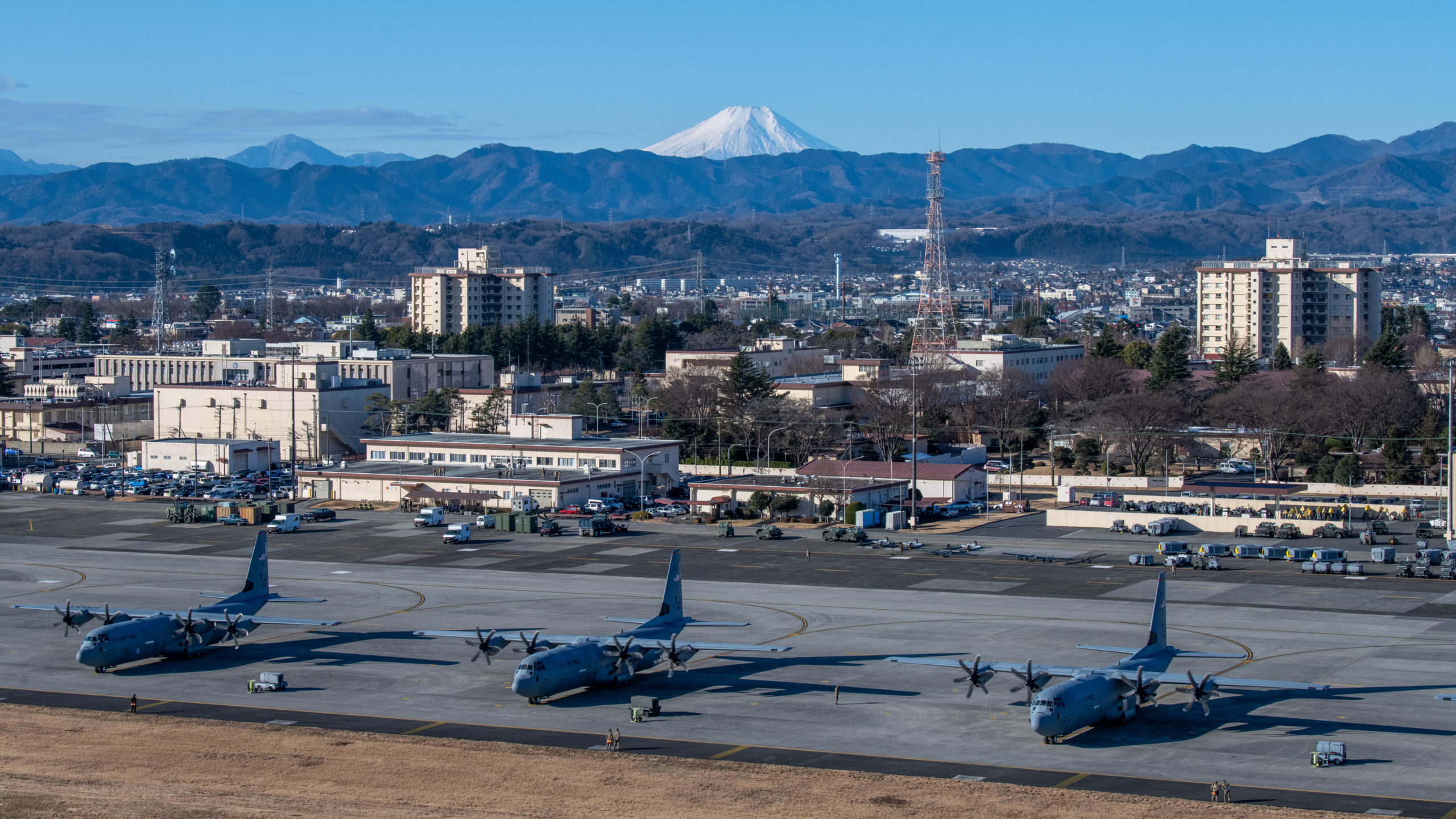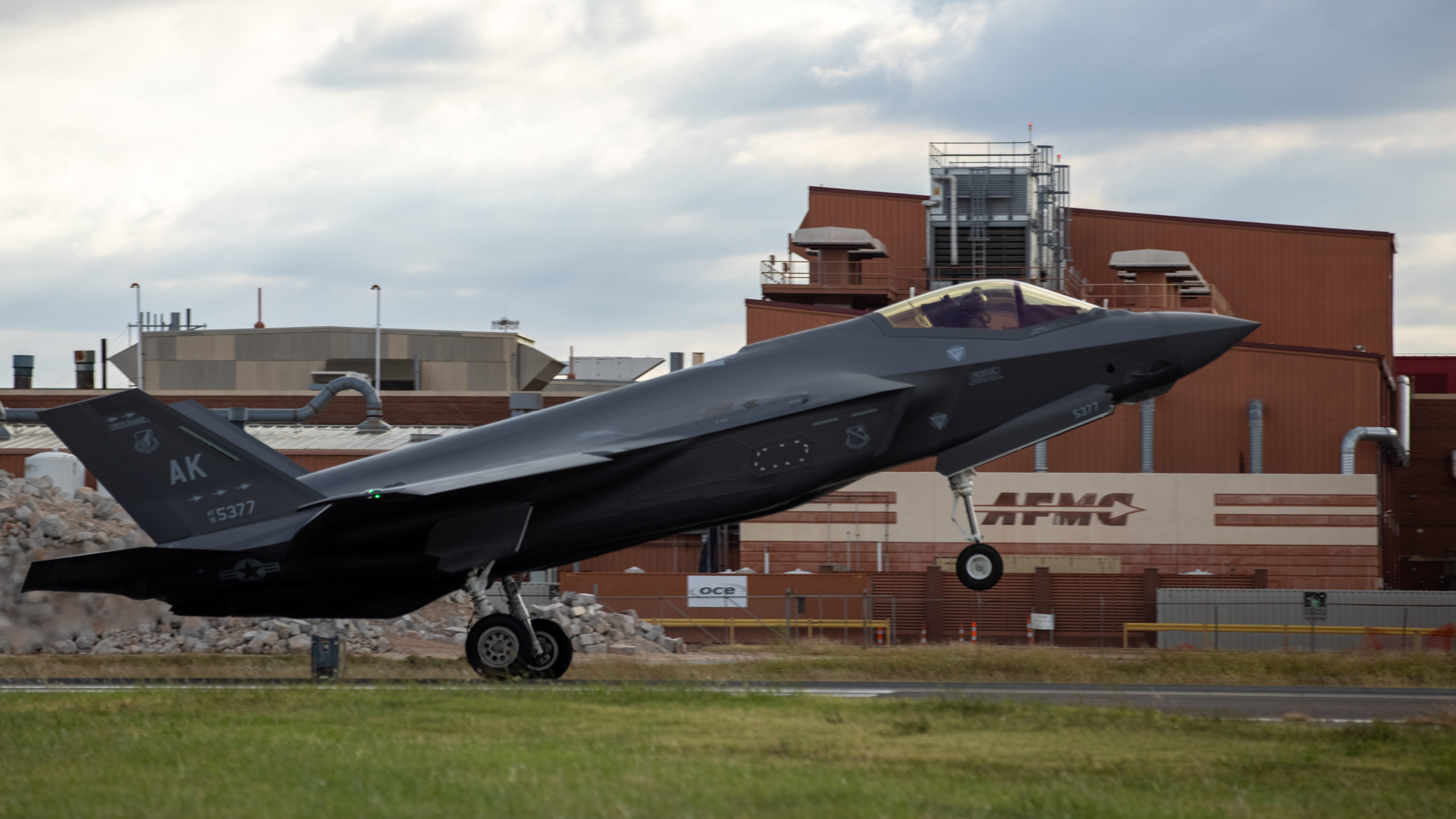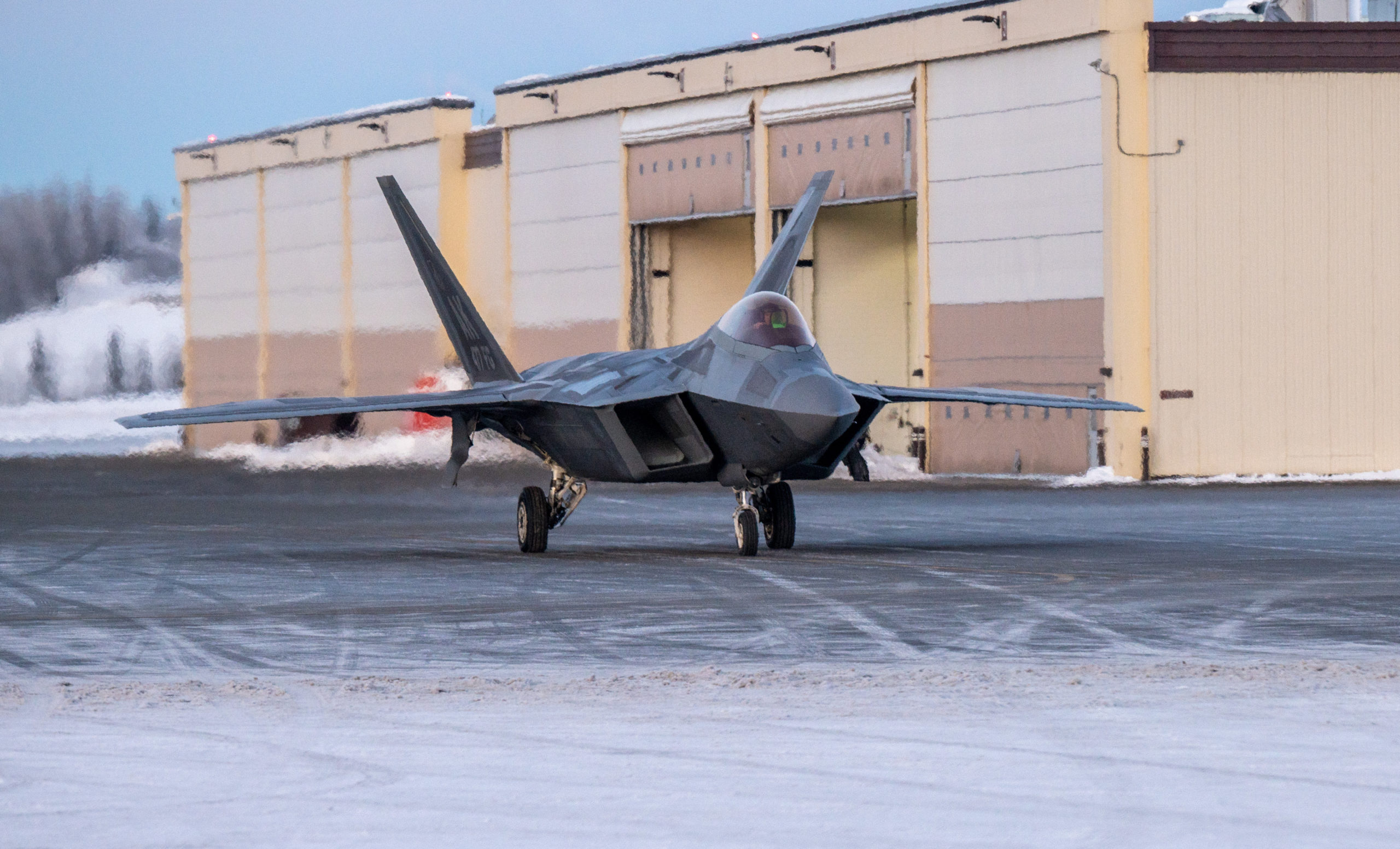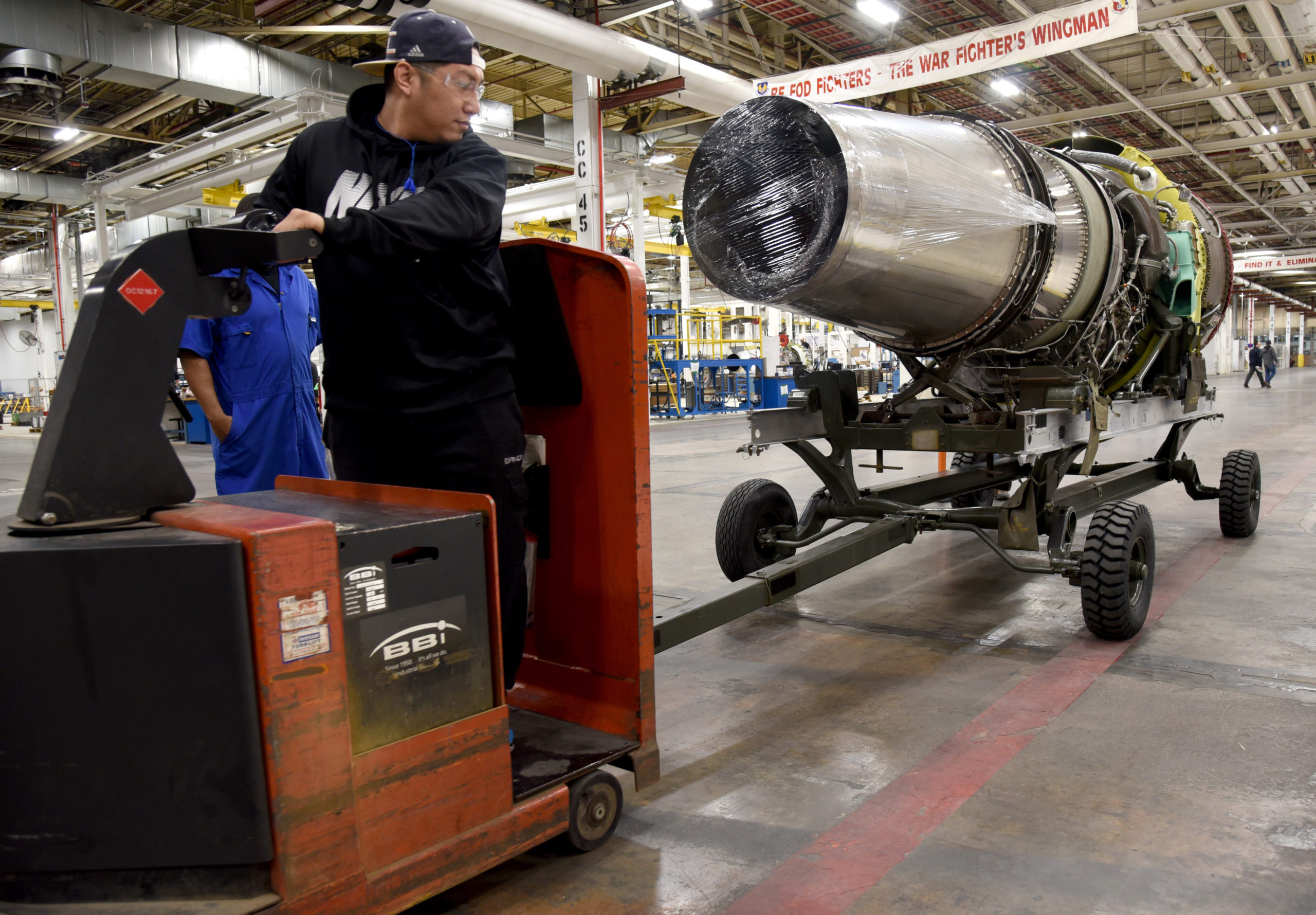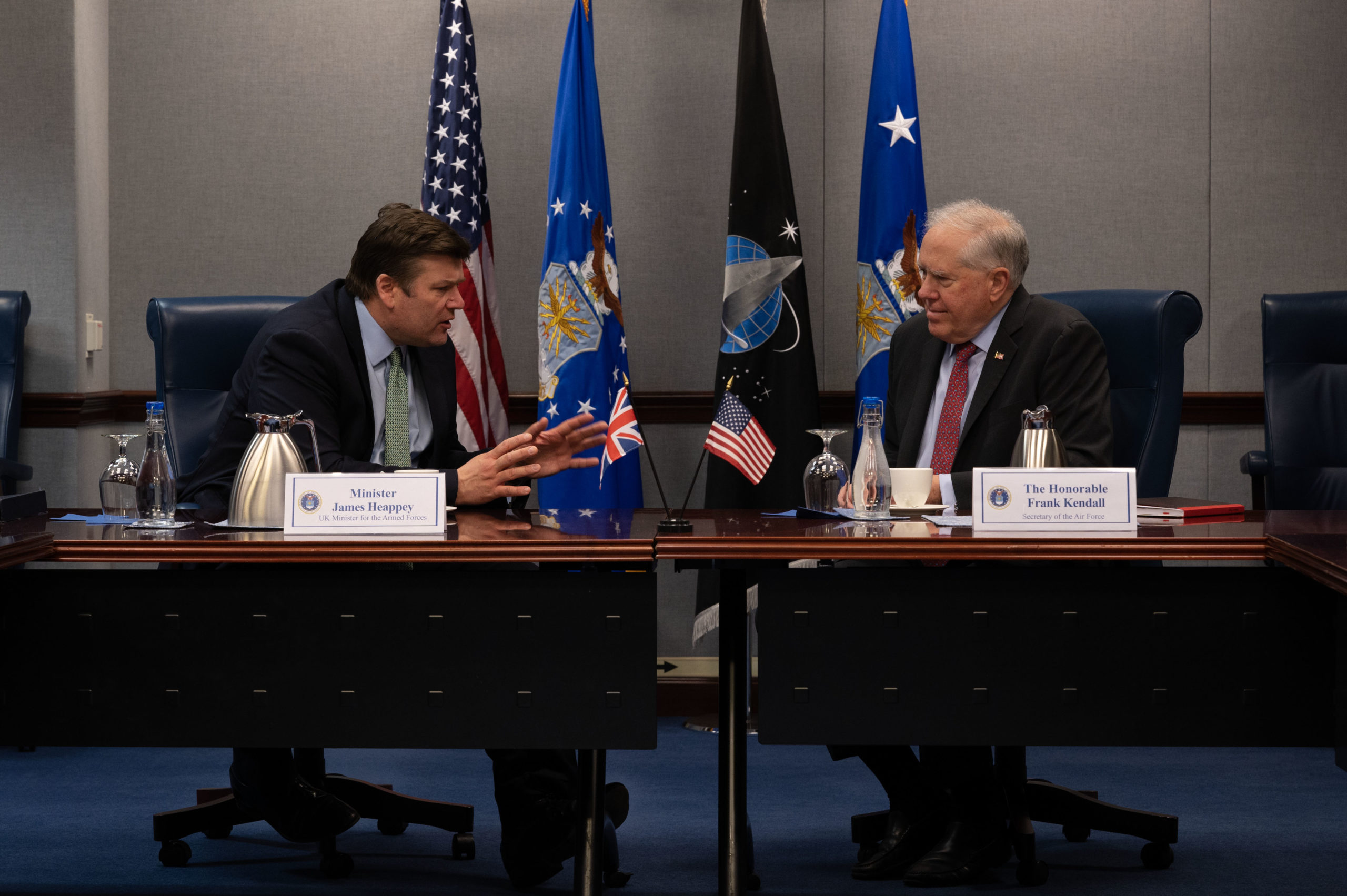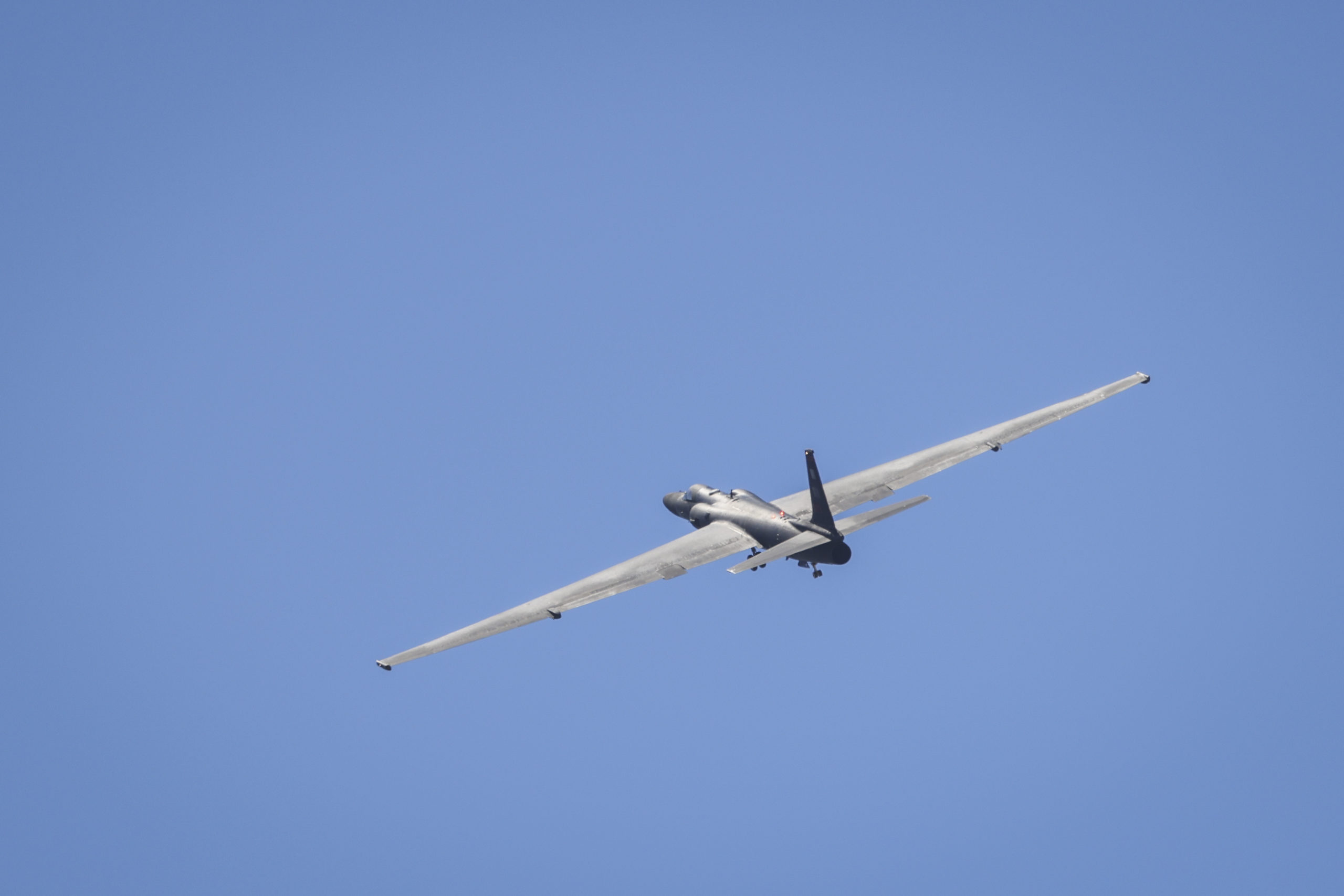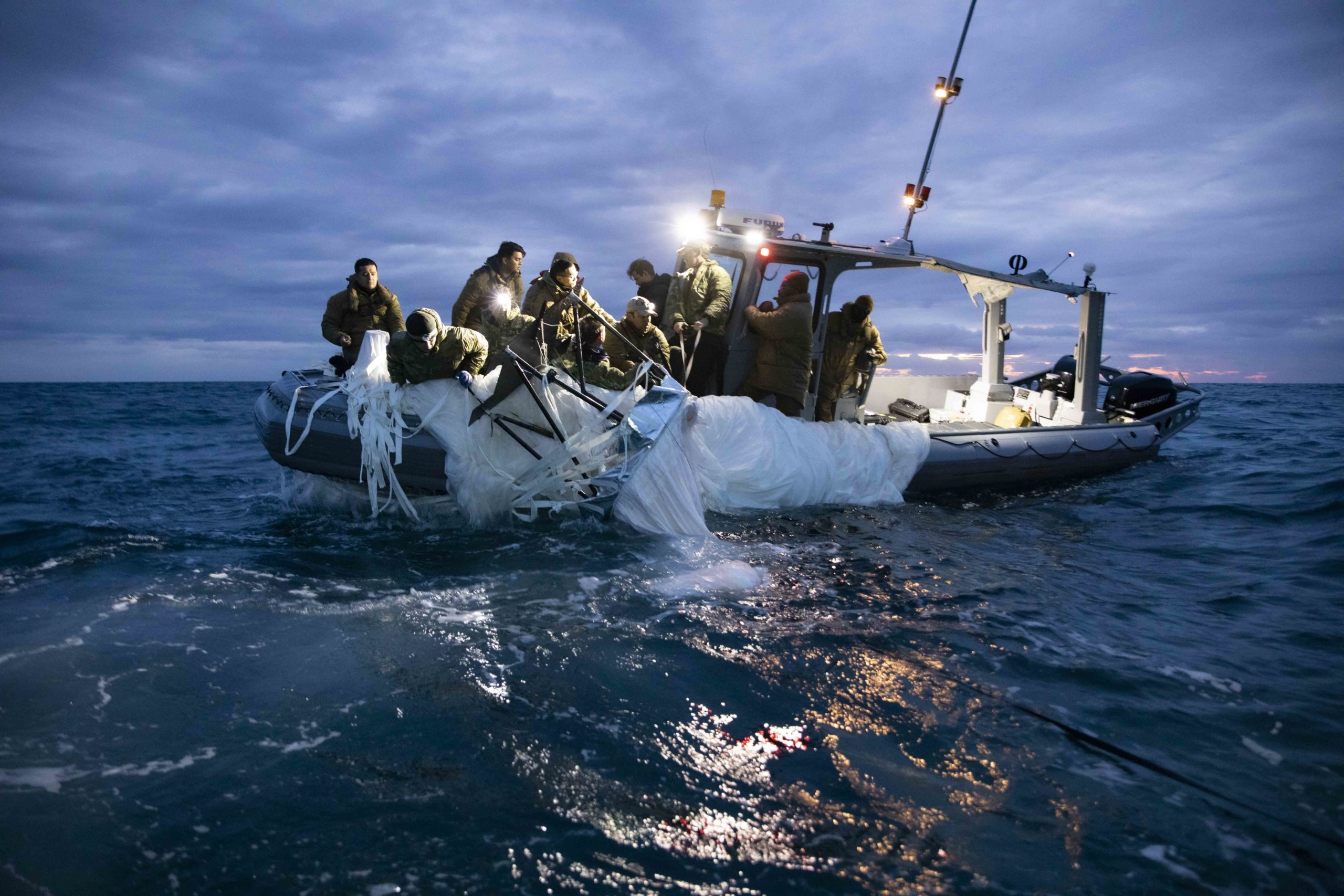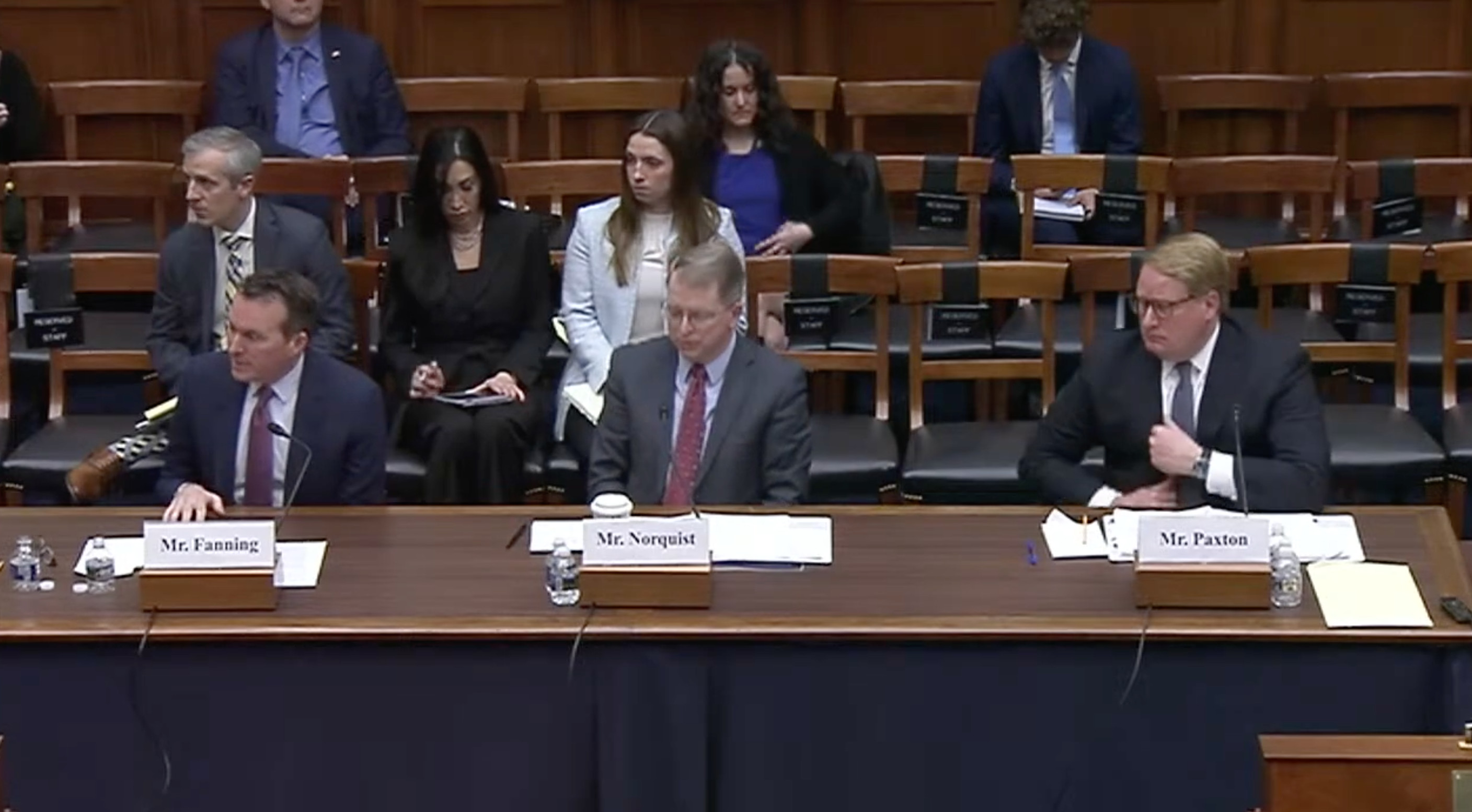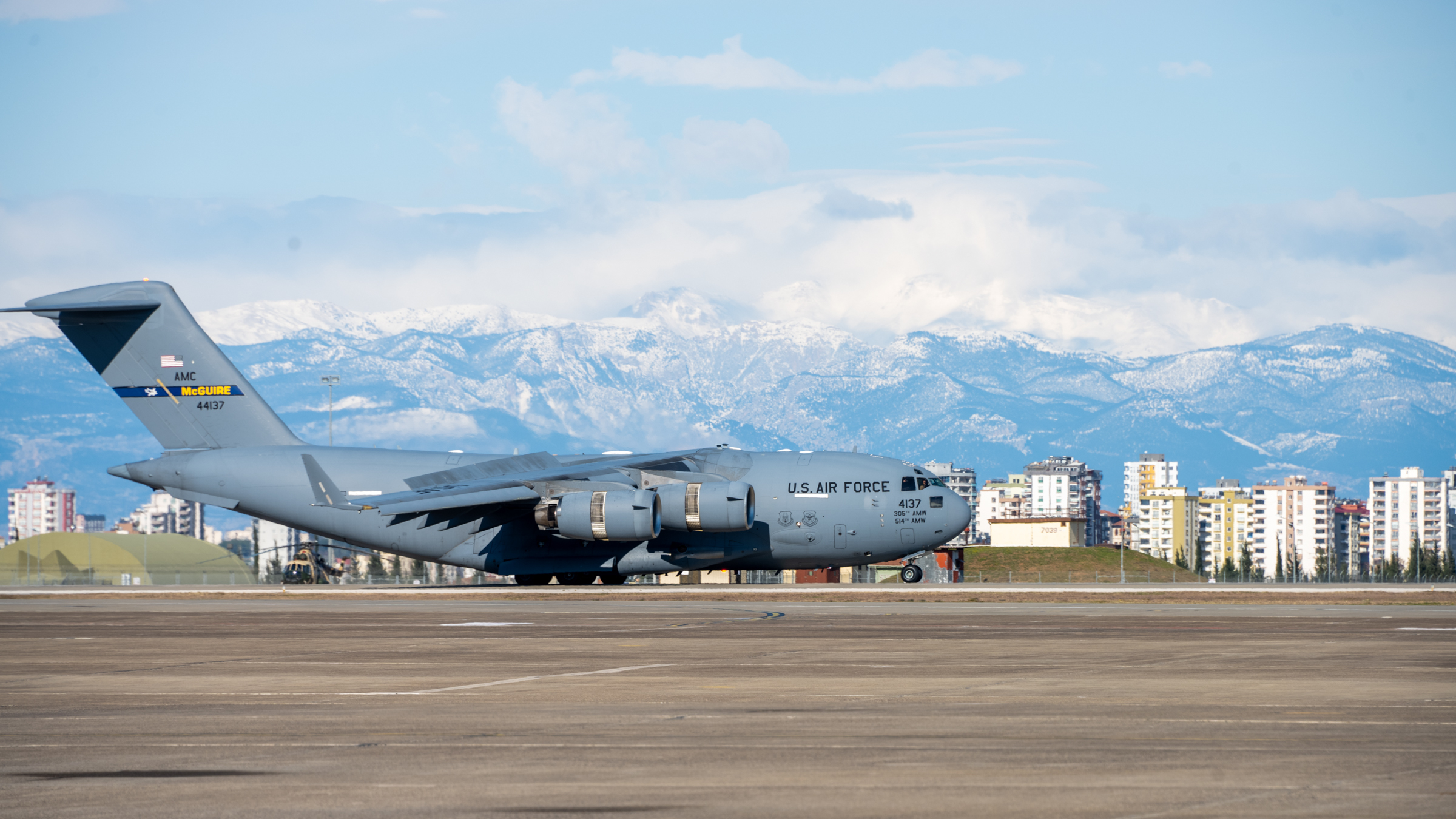Air assets and strategic partnerships remain pivotal components to the Pentagon’s basing strategy, particularly in the Indo-Pacific region, Mara Karlin, assistant secretary of Defense for strategy, plans, and capabilities, said during a Brookings Institution online forum Feb. 10.
“The National Defense Strategy is really focused on allies and partners as a center of gravity,” she said. “We have this unparalleled network that I think our adversaries and challengers find incredibly capable, find meaningful, as one thinks about contingencies and also for deterrence.”
In the Indo-Pacific, Karlin emphasized recent “posture investments” throughout the region by DOD in close coordination with allies.
In Japan, the Air Force is replacing older forward-stationed F-15C aircraft with a rotation of more advanced aircraft, including fifth-generation technologies. The service has also begun MQ-9 Reaper operations in Japan to increase domain awareness, and the two countries reached a joint agreement in January to station a Marine Corps littoral regiment on Okinawa.
“That’s going to bring more advanced and mobile capability to help address the full spectrum of fires requirements in the region,” Karlin said.
Other actions in Japan include the addition of Army watercraft to help increase maritime mobility and updating missions that allow more active Japanese contributions to security.
“Japan is going to establish a permanent joint headquarters that’ll work with us on command and control and make us all even more interoperable,” Karlin said. “We’re going to expand how we’re sharing facilities in Japan; we’re going to increase exercises, and that includes exercises in Japan’s southwest islands … and all of this really sings nicely with Japan’s updated defense strategy that they recently highlighted, which just demonstrates a serious effort to invest profoundly in the Japanese self-defense forces.”
Beyond Japan, Karlin also highlighted progress on AUKUS, the U.S.’s trilateral agreement with Australia and the United Kingdom. While the arrangement is principally focused on providing Australia with conventionally armed nuclear-powered submarine capabilities, other advanced military capabilities have been folded in as well—Karlin said Secretary of State Anthony Blinken discussed accelerating technology delivery with his U.K. and Australian counterparts at their first caucus in December.
“Some examples include our cooperation on maritime undersea intelligence, surveillance, and reconnaissance capabilities, and using all three of our countries’ autonomous systems to enhance maritime domain awareness,” she said. “We’re also leveraging exercises in the region to demonstrate and test advanced capabilities, and we’re pursuing additional collaborative demonstrations, including for hypersonics and autonomous systems over this next year.”
Karlin also noted the planned expansion of rotational bomber and fighter deployments—the Pentagon also plans to conduct more bomber and fighter exercises with South Korea.
The U.S.’s posture in the region has also been bolstered with the Philippines, with the recent announcement that U.S. forces would have access to four more bases in the country under the Enhanced Defense Cooperation Agreement.
“It enables combined training exercises interoperability that lets our forces better cooperate when we’re looking at humanitarian assistance, disaster relief,” Karlin said. “We also are going to restart joint maritime patrols in the South China Sea.”
This cooperation will make combined exercises more complex, help improve joint planning, and ensure the region has advanced capabilities, she added.
These partnerships show a fundamental difference in what the U.S. and China are competing for,Isaac Kardon, senior fellow for China Studies at the Carnegie Endowment for International Peace, emphasized in a follow-up panel.
“China is not certainly in a position now to substitute for the types of security goods, public, and club, and ally, and partner network, and otherwise, that the United States is providing, and I don’t think we need to worry about that kind of direct symmetric competition,” he said. “We need to worry about what does China’s economic access grant it in terms of strategic leverage, coercive leverage.”
Responding to Russia
Yet it is not only in the Pacific where the Defense Department is looking to bolster its presence. Karlin noted Russia remains an acute, immediate, and sharp threat, requiring vigilance in Europe.
“We are working to deepen our partnerships and enhance our posture in Europe, most notably alongside our NATO allies,” she said. “You saw just how quickly the U.S. military surged forces to Europe as Russia’s illegal invasion of Ukraine kicked off last February, so we quickly surged forces from about 80,000 or so to over 100,000.”
In addition, F-35s were stationed in the U.K., and additional destroyers were deployed to Rota, Spain. Karlin also touched on a number of other strength enhancements, including Baltic region rotational deployments and forward stationing the Army’s V Corps in Poland.
Moving forward, however, NATO unity will remain a key challenge, said Emily Holland, assistant professor at the Russian Maritime Studies Institute at the U.S. Naval War college in the follow-up panel discussion.
“The U.S. is seeking to send these strong deterrence signals to Russia, but they’re really emphasizing working through and with partners,” she said. “So it’s important for the administration that where it sent troops, NATO was also sending troops and support at the same time.”
Elsewhere in the Middle East, the U.S. has downsized its presence after two decades of war, but Karlin touted the successes like January’s Juniper Oak exercise, which featured 100 U.S. aircraft, including four B-52 Stratofortress bombers, reconnaissance aircraft, and four F-35s.
“What’s meaningful is not just how great the cooperation was between the U.S. military and the Israelis, but that we could come in and we could run such an exercise and have what we believe is an important impact and showing our interoperability and our ability to respond quickly when we need to do so,” she said.
Karlin also emphasized the number of changes she’s seen, particularly in the Indo-Pacific, over the past decade or so.
“You increasingly see cognizance and concurrence of how the threat environment has changed,” she said. “You see a need and a desire by our allies and our partners across the Indo-Pacific, and I would say, a whole lot of agreement by our allies in Europe as well, about the need to focus and collaborate on what we are all doing there to ensure security and stability.”
